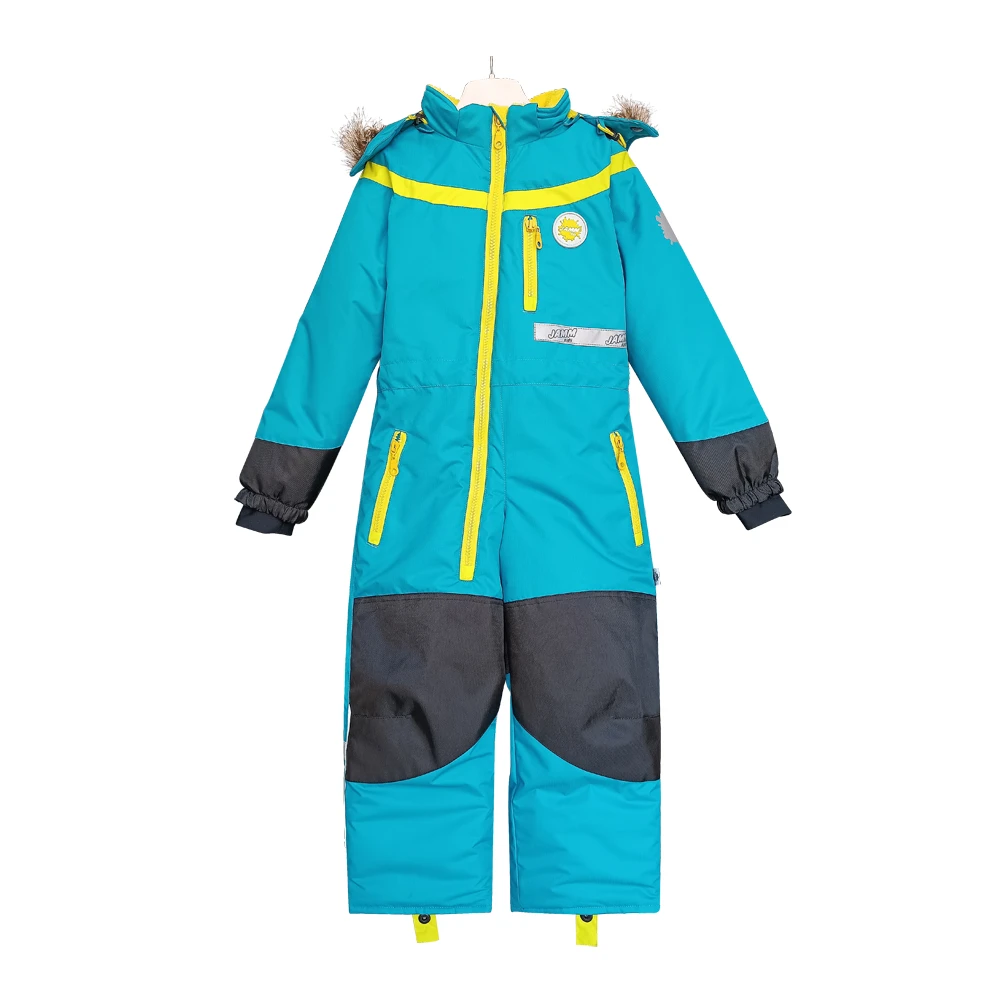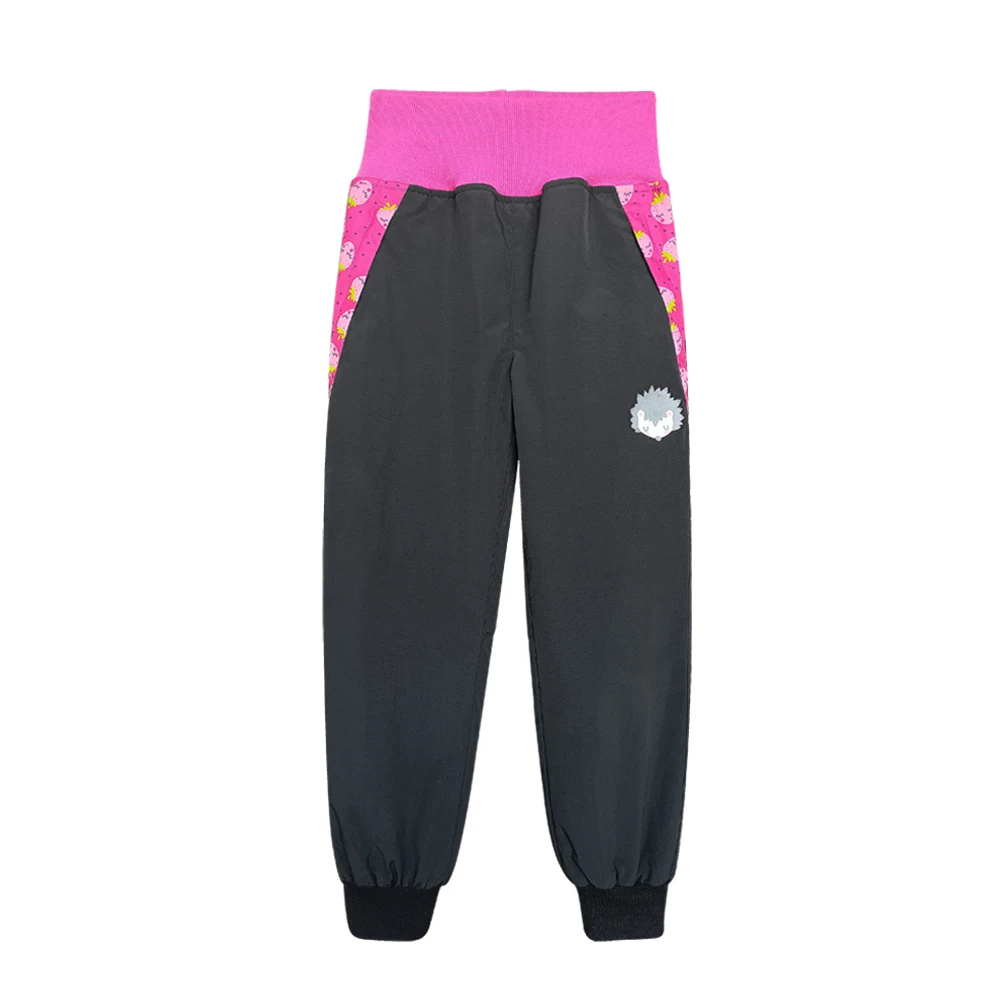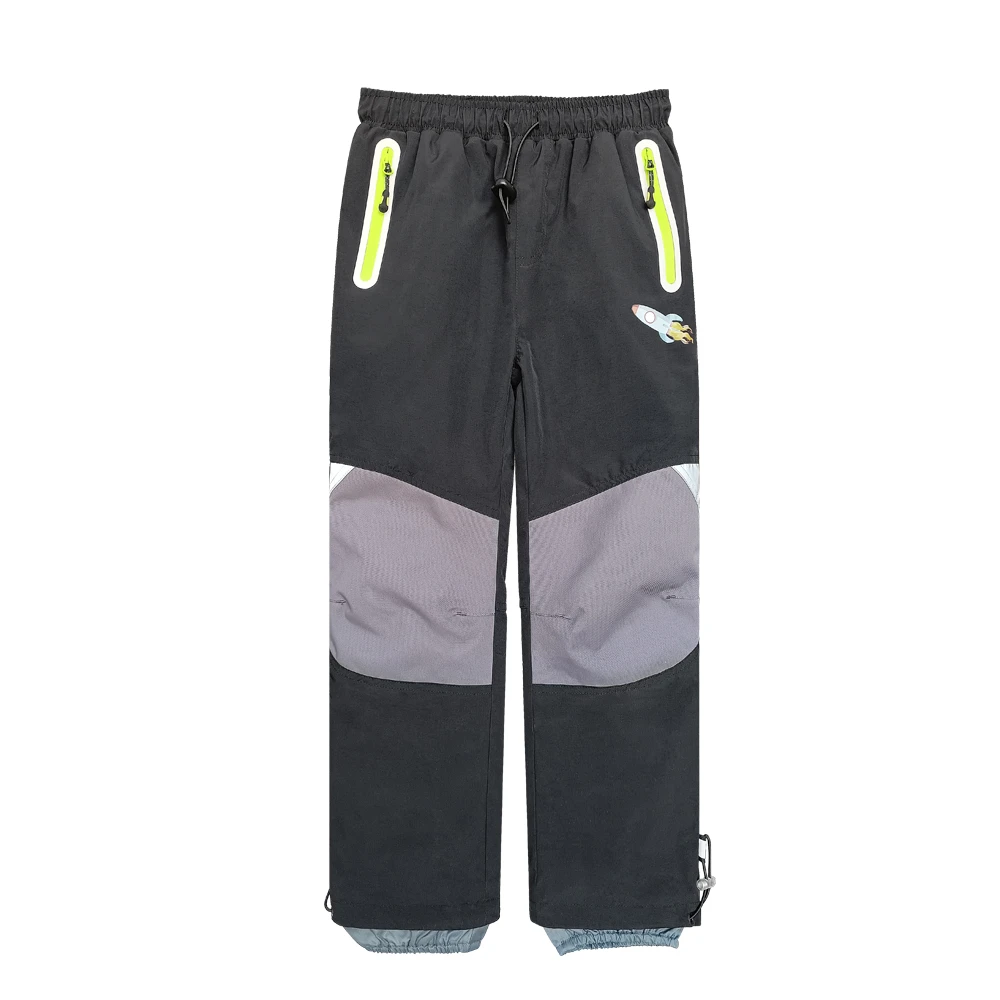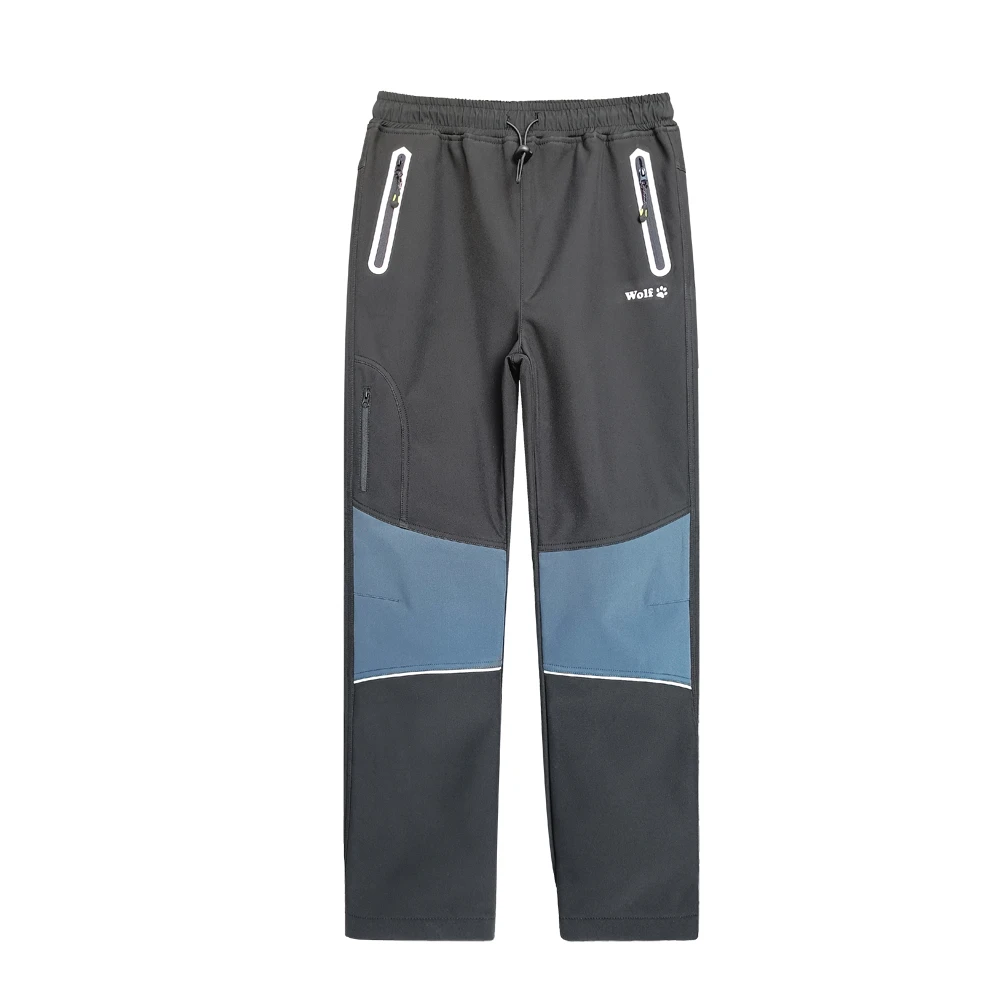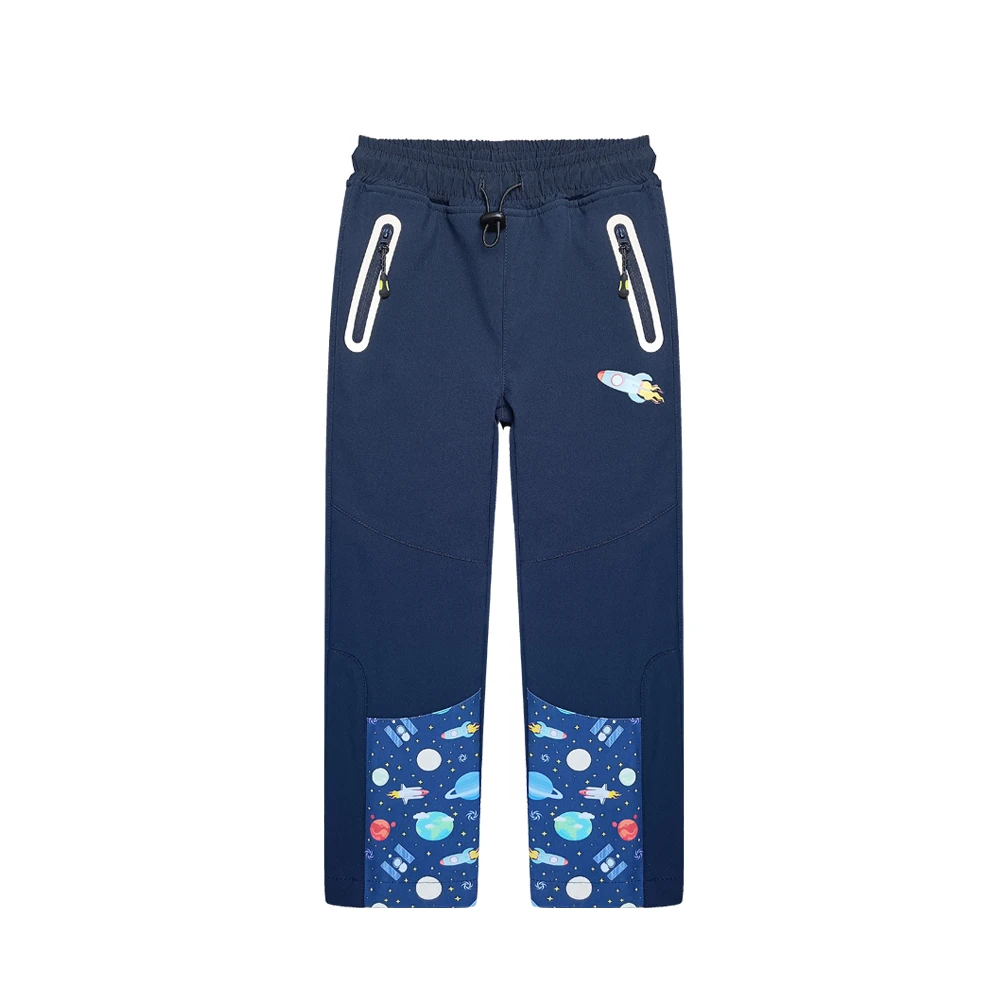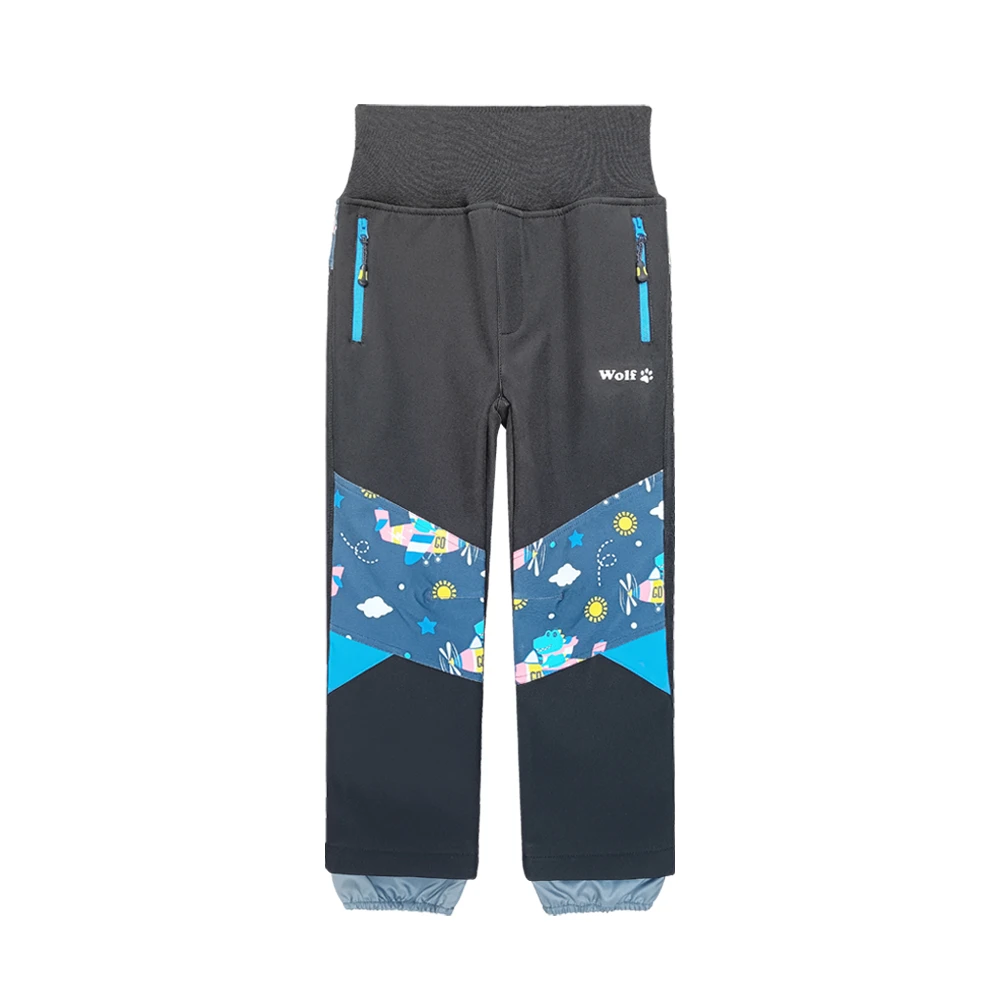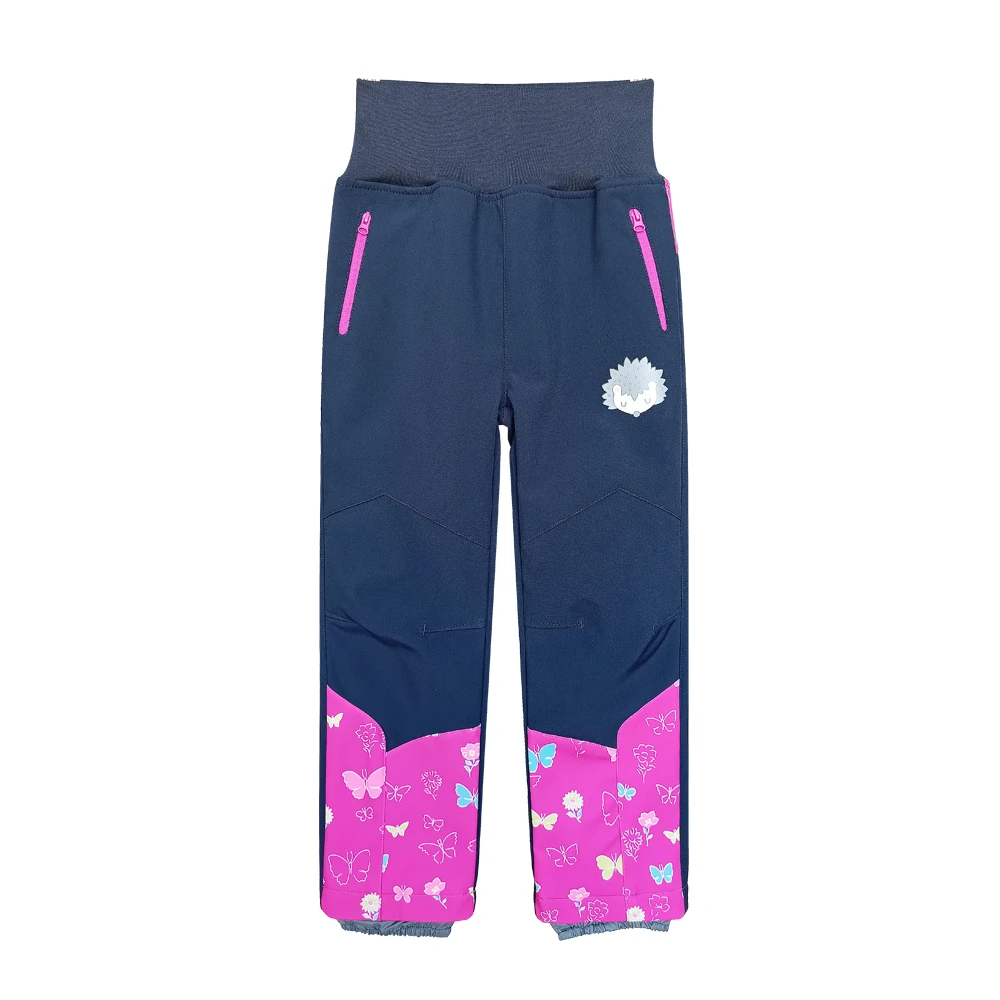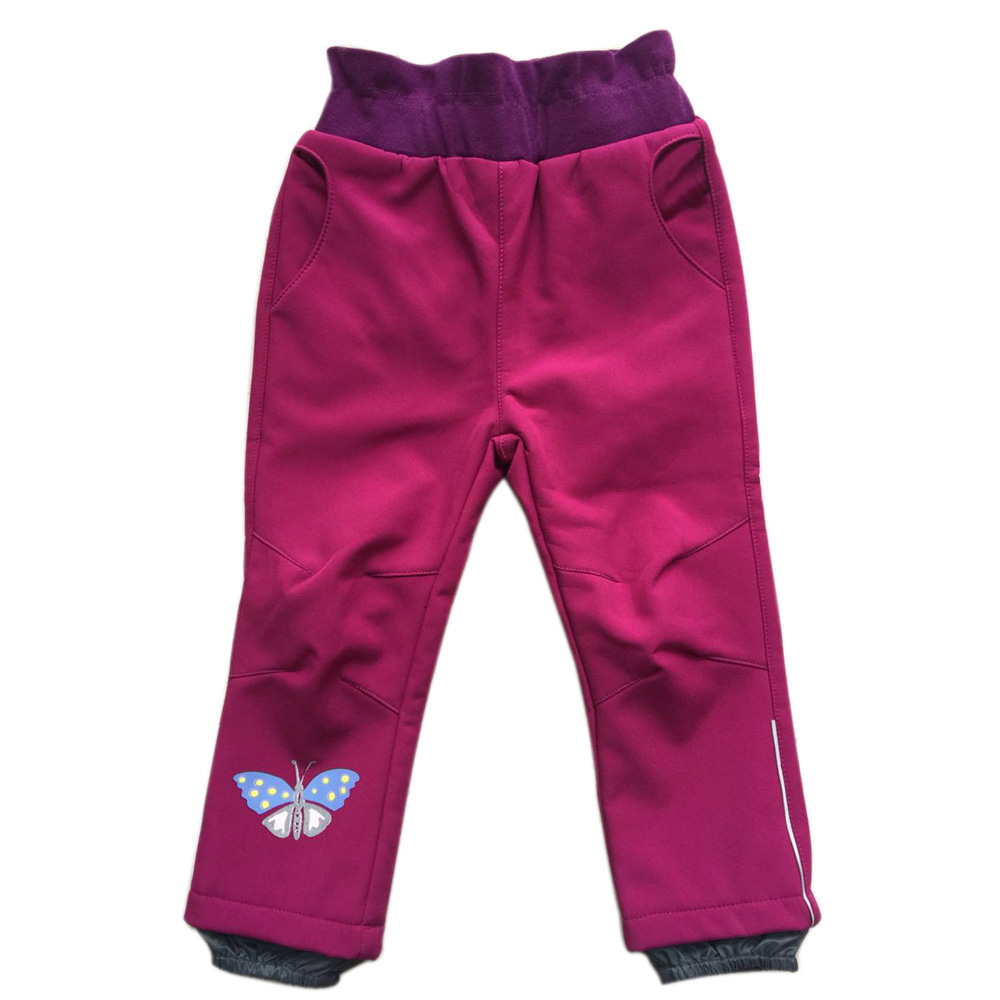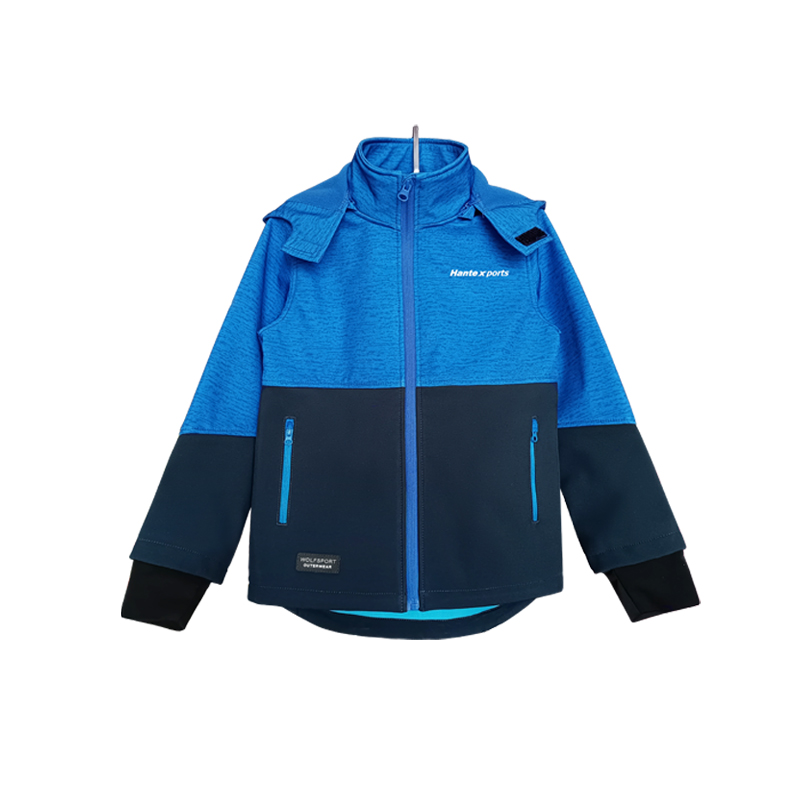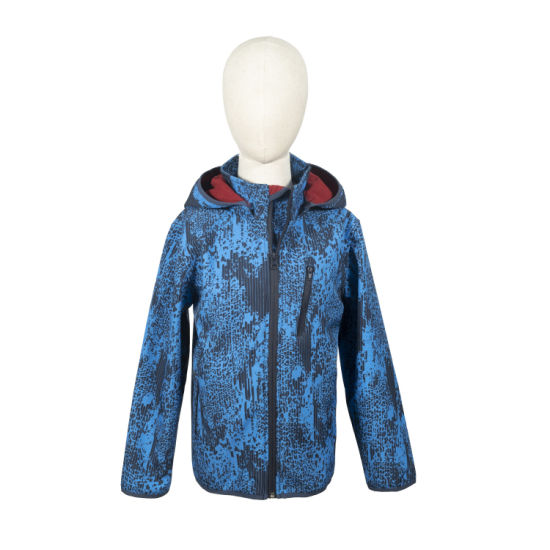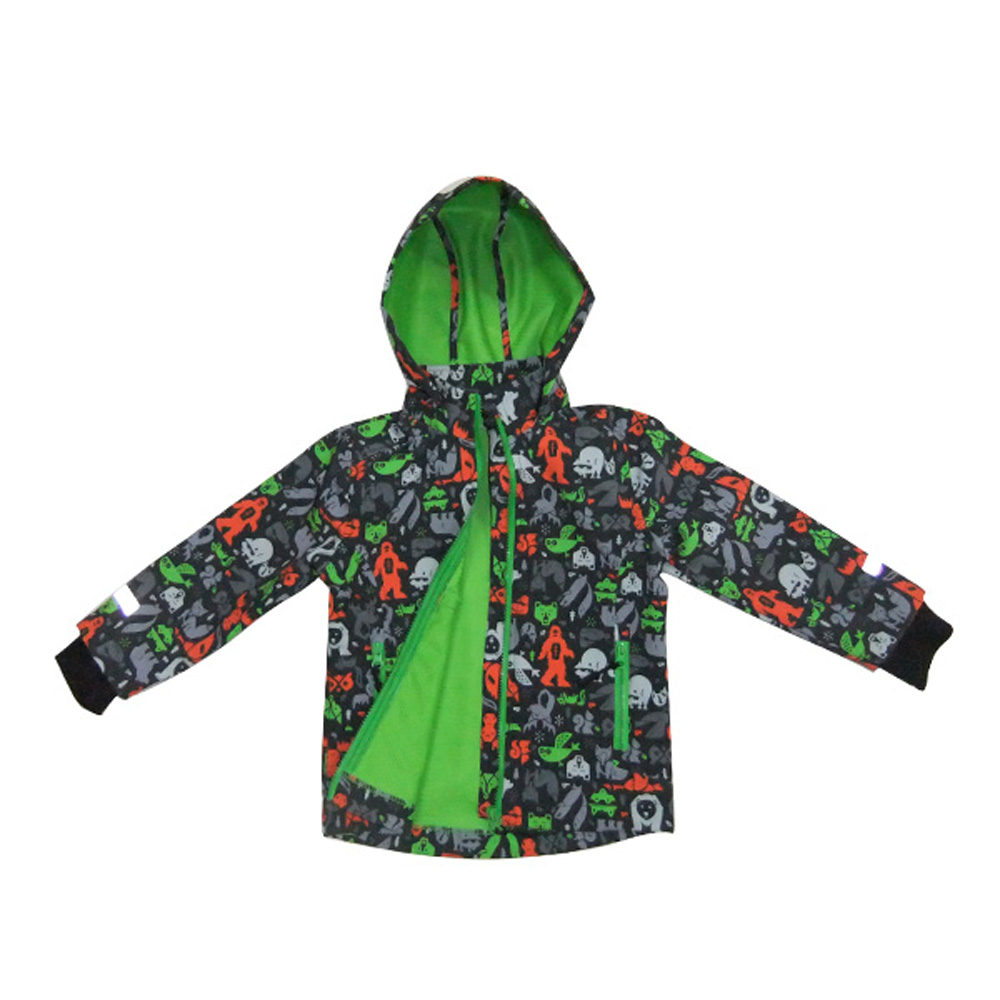Understanding Flex Sportswear: Why It Matters
If you've ever reached for that stretchy, breathable jacket on a chilly morning or laced up flexible running tights that seem to move with every stride — congratulations, you're already a part of the flex sportswear revolution. But what exactly is flex sportswear, and why is it buzzing in industries beyond just fitness buffs and weekend warriors? In a world increasingly demanding mobility, sustainability, and innovation, understanding this apparel segment sheds light not only on the future of activewear but also on how technology and environmental awareness are reshaping global markets.
Globally, the sportswear market is tipped to grow beyond $220 billion by 2028 (Statista). Much of this rise pivots on apparel that adapts—flex sportswear. From elite athletes in Tokyo to casual hikers in the Swiss Alps, the demand for clothing that combines flexibility, durability, and eco-awareness answers a universal challenge: How to perform better without sacrificing comfort or our planet's future?
The Global Appeal of Flex Sportswear
Take a moment and think about the boom in home workouts during the pandemic or the surge in outdoor sports participation worldwide. According to the World Health Organization, physical inactivity leads to 3.2 million deaths annually worldwide. Sportswear that empowers movement – especially clothing designed with flexible fabrics – helps tackle this problem by encouraging activity through comfort and style.
However, there’s also the pressing environmental angle. The fashion and textile industry contributes roughly 10% of global carbon emissions (UNFCCC). Flex sportswear brands are stepping up, leveraging sustainable fabrics, innovative manufacturing, and recycling technologies. This tech-forward attitude challenges traditional industry norms, making flex sportswear an environmental and social game-changer.
What Exactly Is Flex Sportswear?
At its core, flex sportswear refers to active clothing made with stretchy, adaptable materials designed to provide maximum comfort and range of motion. Unlike traditional sportswear limited by rigid fabrics, flex sportswear integrates elements like elastane blends, engineered knits, and moisture-wicking tech. Think of it as sportswear that "moves with you" — giving athletes and enthusiasts freedom without bulkiness or restriction.
This clothing category isn't just about performance. More often, it addresses humanitarian and industry challenges - such as making uniforms adaptable for diverse body types or creating gear that can handle extreme climates and prolonged wear. Its blend of material science and design brings together comfort, functionality, and responsiveness in a single package.
Key Factors in Flex Sportswear Design
1. Durability Without Compromise
Stretchy fabric that tears away after a few uses isn’t helpful. So, many flex sportswear products use yarn blends reinforced with nylon or polyester to hold up over time. Testing these textiles usually involves multi-directional stretch and abrasion trials to ensure they withstand regular wear and tear during high-intensity activities.
2. Breathability and Moisture Management
Oddly enough, staying dry while moving fast is a challenge many overlook. Advanced flex sportswear incorporates microfiber technology to trap sweat and channel it away from the skin, keeping wearers comfortable during long sessions or changing weather.
3. Lightweight and Packability
For athletes and outdoor lovers, bulky gear is a no-go. Flex sportswear balances the stretch and support with light fabrics that fold small—making them travel-friendly and versatile.
4. Eco-Friendliness
More brands are crafting flex sportswear from recycled fibers or biodegradable synthetics — responding to growing calls for sustainability in the apparel industry. According to ISO standards on textile sustainability (ISO 14021), transparency in material sourcing is vital here.
5. Scalability and Customization
Because flex sportswear can be produced with varied fabric blends and technical finishes, it allows brands and organizations to tailor garments specific to climate, sport, or user needs — from yoga leggings that stretch evenly, to high-performance cycling jerseys optimized for wind resistance.
Practical Applications: Where Flex Sportswear Shines Globally
Flex sportswear isn’t limited to athletes in Nike ads. It’s quietly transforming industries and communities worldwide:
- Disaster Relief and Field Operations: Organizations working in hot, humid, or unpredictable environments outfit teams with flexible, durable clothing that allows for quick mobility and comfort during long shifts.
- Education and Youth Sports Development: Schools in Africa and Southeast Asia are increasingly sourcing affordable, multi-functional flex sportswear uniforms to replace impractical, tear-prone garments.
- Outdoor Tourism: Regions like the Canadian Rockies and New Zealand’s landscapes rely heavily on durable sportswear that endures variable weather and rugged terrain for adventure tourism employees.
- Urban Fitness Culture: In cities like Berlin and New York, flex sportswear caters to commuters who blend biking, running, and casual activities, needing clothing that adapts seamlessly between environments.
Mini Takeaway:
Flex sportswear fits a wide array of needs globally — from high-performance athletes to humanitarian workers — because it solves core problems around mobility, durability, and comfort.
Advantages and Lasting Value of Flex Sportswear
Frankly, the benefits stretch far beyond just "looking good." Here's why these garments earn loyalty:
- Cost Efficiency: Despite sometimes higher upfront prices, flex sportswear’s longevity means fewer replacements and less waste.
- Enhanced Performance: Clothing that moves with you reduces injury risk and improves overall comfort.
- Environmental Responsibility: Many flex products incorporate recycled materials reducing landfill loads.
- Social Impact: Empowering workers and athletes to feel confident and safe in their gear.
- Innovation-Driven Trust: Brands investing in research gain consumer confidence across markets.
Flex Sportswear Product Specification Table
| Specification | Typical Range | Details |
|---|---|---|
| Fabric Composition | 70-85% Polyester, 10-25% Elastane | Blend optimized for stretch & durability |
| Moisture-Wicking | High | Microfiber technology used |
| Weight | 150-220 g/m² | Light enough for all-day wear |
| Sustainability | 20-50% Recycled Fibers | Gradual shift toward circular economy |
| Stretch Recovery | >85% | Maintains shape after extended use |
Comparing Leading Flex Sportswear Vendors
| Vendor | Sustainability | Price Range (USD) | Customization | Global Reach |
|---|---|---|---|---|
| FlexFit Apparel | High (40% recycled) | $$$ (mid-high) | Full (fabric & design) | North America, EU |
| MoveEase Sportswear | Medium (25% recycled) | $$ (mid-range) | Limited prints & fits | Asia, EU |
| EcoStretch Gear | Very High (60%+ recycled) | $$$$ (premium) | Custom eco-friendly fabrics only | Global |
Looking Ahead: The Future of Flex Sportswear
You know, the industry is leaning hard into green technologies. We’re seeing fabrics made from ocean plastics, bioengineered fibers, and even digital textiles that adapt in real-time. Imagine clothing that adjusts its thermal properties or ventilation automatically based on your activity level or environment—sort of like a second skin but smarter.
Automation in manufacturing and 3D knitting are also shaking up customization options—meaning one day, your flex sportswear could be perfectly tailored to your body type and workout habits, produced on-demand with zero waste.
Common Challenges—and How They’re Being Tackled
Now, I won’t sugarcoat it: flex sportswear isn’t flawless. Some challenges include the balance between stretch and durability, the cost premium of sustainable materials, and maintaining breathability without sacrificing structural integrity.
But clever engineers are closing these gaps with multifunctional textile coatings, hybrid fabric blends, and smart supply chain management to keep prices reasonable. Ultimately, the convergence of sustainability, tech, and user-centric design is bringing new solutions daily.
FAQ: Everything You Wanted to Know About Flex Sportswear
- What makes flex sportswear better than traditional sportswear?
- Flex sportswear offers superior stretch, breathability, and durability, allowing for greater freedom of movement and comfort during all activities. Unlike rigid fabrics, these garments reduce chafing and adapt to body dynamics, enhancing performance and reducing injury risk.
- How sustainable are these flex fabrics?
- Many flex sportswear products now use recycled polyester and eco-friendly dyes. While not all fabrics are 100% sustainable yet, leading brands are increasingly transparent about sourcing and manufacturing practices following ISO environmental standards.
- Can flex sportswear be customized for large organizations or teams?
- Absolutely! Vendors often offer customizable colorways, prints, and fabric blends. This makes flex sportswear ideal for teams looking for uniformity without sacrificing individual comfort and performance.
- How do I care for flex sportswear to maximize its life?
- Wash in cold water, avoid fabric softeners, and air dry when possible. These steps help maintain elasticity and fabric integrity over time.
Wrapping Up: Why Flex Sportswear Is a Game Changer
At the end of the day, flex sportswear offers more than just flattering looks or feel-good marketing; it’s a practical response to a world that values movement, sustainability, and innovation. Whether for athletes, workers, or casual wearers, these garments deliver reliable comfort, ethical manufacturing, and impressive versatility.
Curious to experience flex yourself? Dive deeper into the latest collections and innovations by visiting our website. Who knows — your next run, hike, or workout might just get a lot comfier.
Mini Takeaway:
Flex sportswear is here to stay, redefining activewear through blends of technology, sustainability, and user-focused design. The future promises even smarter, greener, more adaptable clothing for all.
